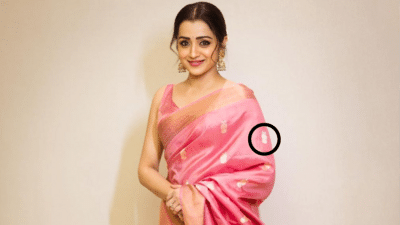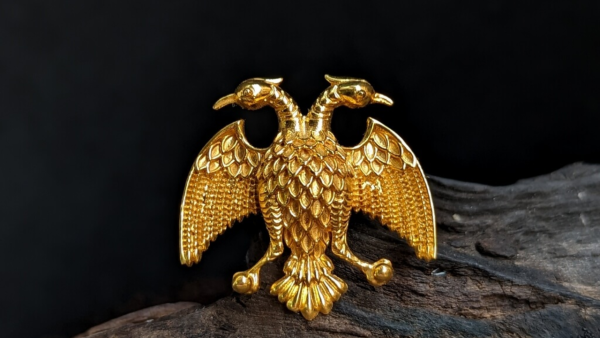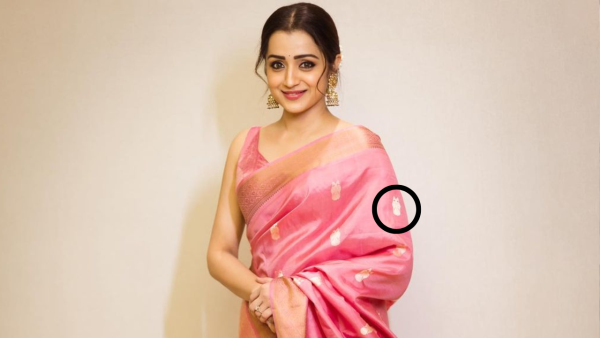
India’s architectural history isn’t just about grand tombs and temples, it’s also rich in ornate decorative motifs. These intricate designs include lotus medallions, amalakas, kalgis, temple shrines, and more. But have you ever noticed a mythical, two-headed bird called the Gandabherunda , often seen on Kanjeevaram drapes?
One such motif appeared on Bollywood star Deepika Padukone’s wedding saree, designed by the Bengaluru-based atelier Angadi Galleria. While this appearance may have pushed the motif back into the spotlight, the Gandabherunda has a long and fascinating history.
Who are the Gandabherundas ?
The Gandabherunda is a mythical two-headed warrior bird with Buddhist origins. Colonial archaeologist John Marshall discovered a depiction of this bird at the base of a stupa in Taxila. A similar motif featuring Hamsa (swan) heads was found on a stupa railing in Bodh Gaya. Marshall traced its roots to Eastern India, and over time, this mystical carving became more than just a cultural symbol, it also inspired generations of artists and designers.

What do the two heads of the Gandabherunda represent?
The two heads symbolise the balance between creation and destruction. One head was Garuda, the other Upagaruda. According to legend, when one slept, the other remained awake. But one day, while Upagaruda was asleep, Garuda found and ate a beautiful flower without informing his brother. Upon waking and learning what had happened, Upagaruda, in a fit of rage, consumed a poisonous flower—causing both of them to perish.
This tale serves as a metaphor for unity, warning against selfishness and emphasizing the importance of balance and trust. In the Mahabharata, the Gandabherunda appears amid divine battles, while Jain scriptures describe it as a watchful creature, its wings symbolizing might and vigilance.
Entry into the fashion world
The motif also appears on the Virabhadra temple and was later replicated in textiles woven by Mysore state artisans in the 15th century for the royal family. Textile expert Brigette Khan Majlis notes that similar motifs were found in Indonesia, where at least four drapes in a noble family’s heirloom featured the Gandabherunda, pointing to historical links with South India.

Today, Gandabherunda motifs are imbued with spiritual symbolism and believed to ward off the evil eye, making them a popular choice for wedding sarees and festive attire. From Nita Ambani to Trisha Krishnan, many Indian icons have worn sarees bearing this powerful bird.
With Deepika Padukone’s wedding ensemble reviving interest, it looks like the Gandabherunda is making a fashionable comeback - ready to take flight once again in India's sartorial sky.
-
What Chelsea Club World Cup success means for PSR as Todd Boehly has last laugh

-
Michelle Agyemang reveals England teammate 'I always go to' amid Euro 2025 aim

-
'There Will Be No Change': US President Donald Trump Says August 1 Tariff Deadline Won't Be Extended

-
Mumbai News: BMC Health Workers Protest Over 3-Month Unpaid Salaries And Denial Of Benefits

-
Bhopal Gas Tragedy Case: HC Junks Plea, Refuses To Bar Transfer, Promotion Of Presiding Judges
